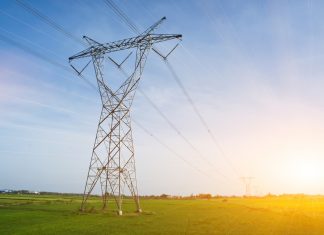The community must wait another year before knowing the level of pollution created by the Hazelwood mine fire, despite the release of the National Pollutant Inventory on Tuesday.
Environment Victoria safe climate campaign manager Nicholas Aberle explained while the NPI worked well on a day-to-day basis, it did not probe the “catastrophic” 45-day mine fire event in February last year.
Dr Aberle said Hazelwood Power Station owner and operator GDF SUEZ was only required to report for the 2013 calendar year.
“It’s an important resource, but in a situation of a catastrophic event, a serious pollution event, there is a strong case to be made that the data should be released earlier so we know what’s happened,” he said.
“We’ll have two inquiries into the mine fire before we find out how much pollution came out of the mine.”
The data shows Latrobe Valley power stations AGL Loy Yang, Energy Australia Yallourn, Loy Yang B Power Station and GDF SUEZ Hazelwood are among the top five polluters for fine particulate matter, PM2.5 in the nation.
AGL Loy Yang topped the list emitting 1,403,383 kilograms of the particulate matter, while GDF SUEZ Hazelwood ranked last among Valley generators at 597,786kg per annum.
Environmental Justice Australia advocacy and research director Nicola Rivers said there had been a 27 per cent increase in PM2.5 and 28 per cent increase in PM10 in the Latrobe Valley over the last five years.
Ms Rivers said from a regulation perspective the data showed air pollution regulation was not working and coal related pollution had gone up in power station communities – the Latrobe Valley being one of those. She said particle pollution from coal had been found to increase cardiovascular and respiratory disease, lung cancer and premature death.
“Particulate pollution… it goes somewhere, it lands in the river, vegetation, it moves around,” Ms Rivers said.
GDF SUEZ spokesman Trevor Rowe said it was not up the company to report outside of the 2013 calendar year and the Hazelwood mine fire event fell outside of that reporting period.
“We responded to the reporting period that the regulator provided,” Mr Rowe said.










